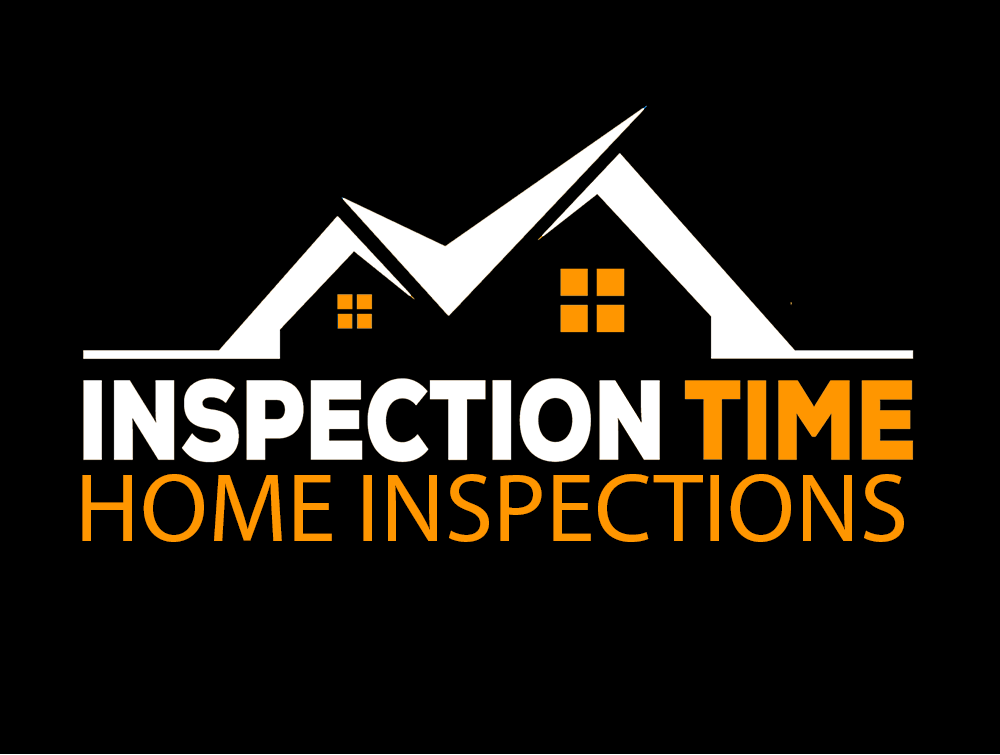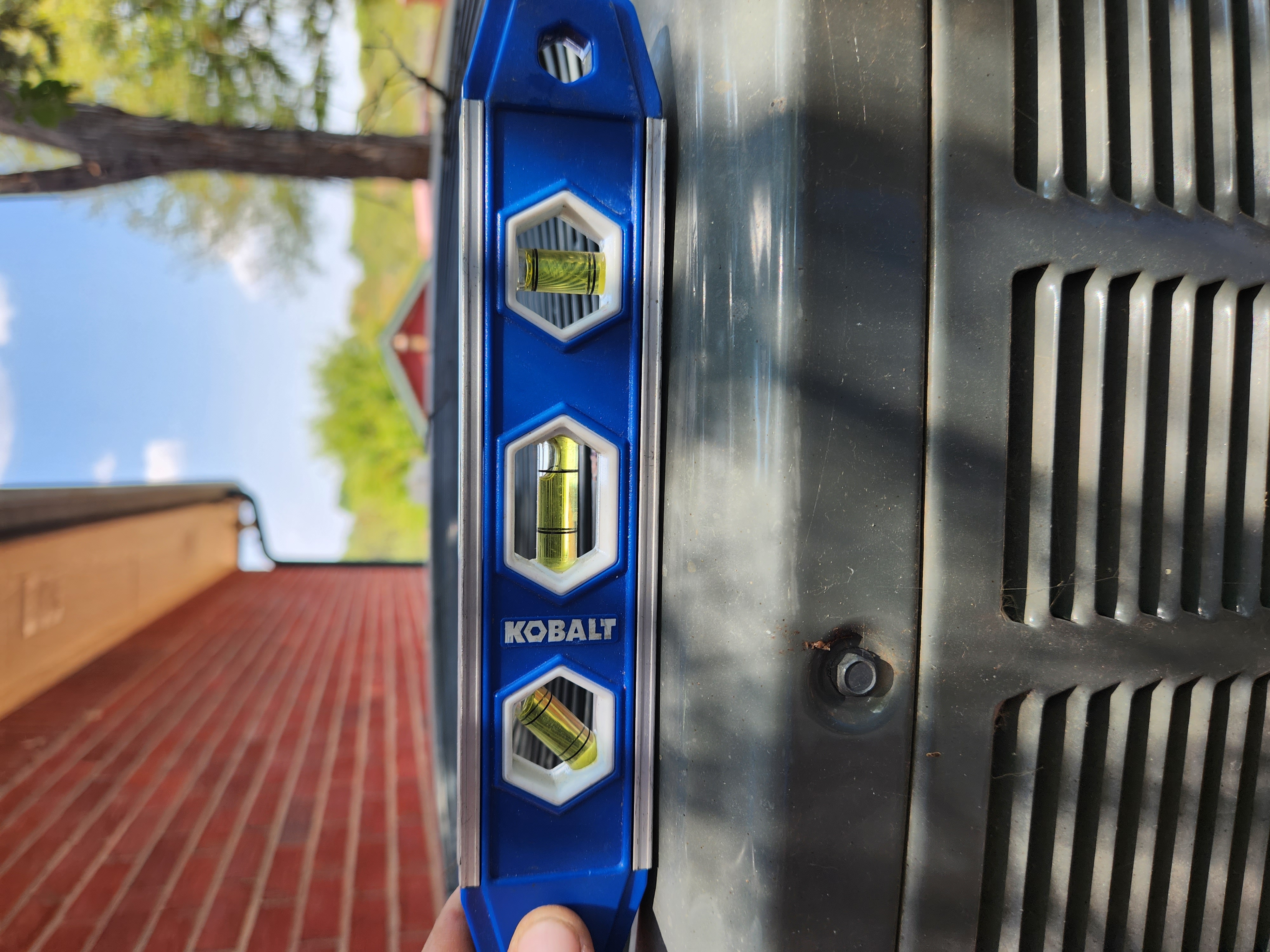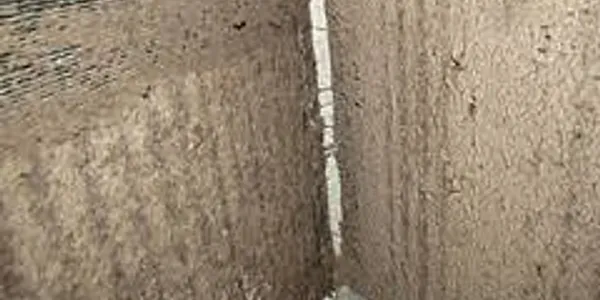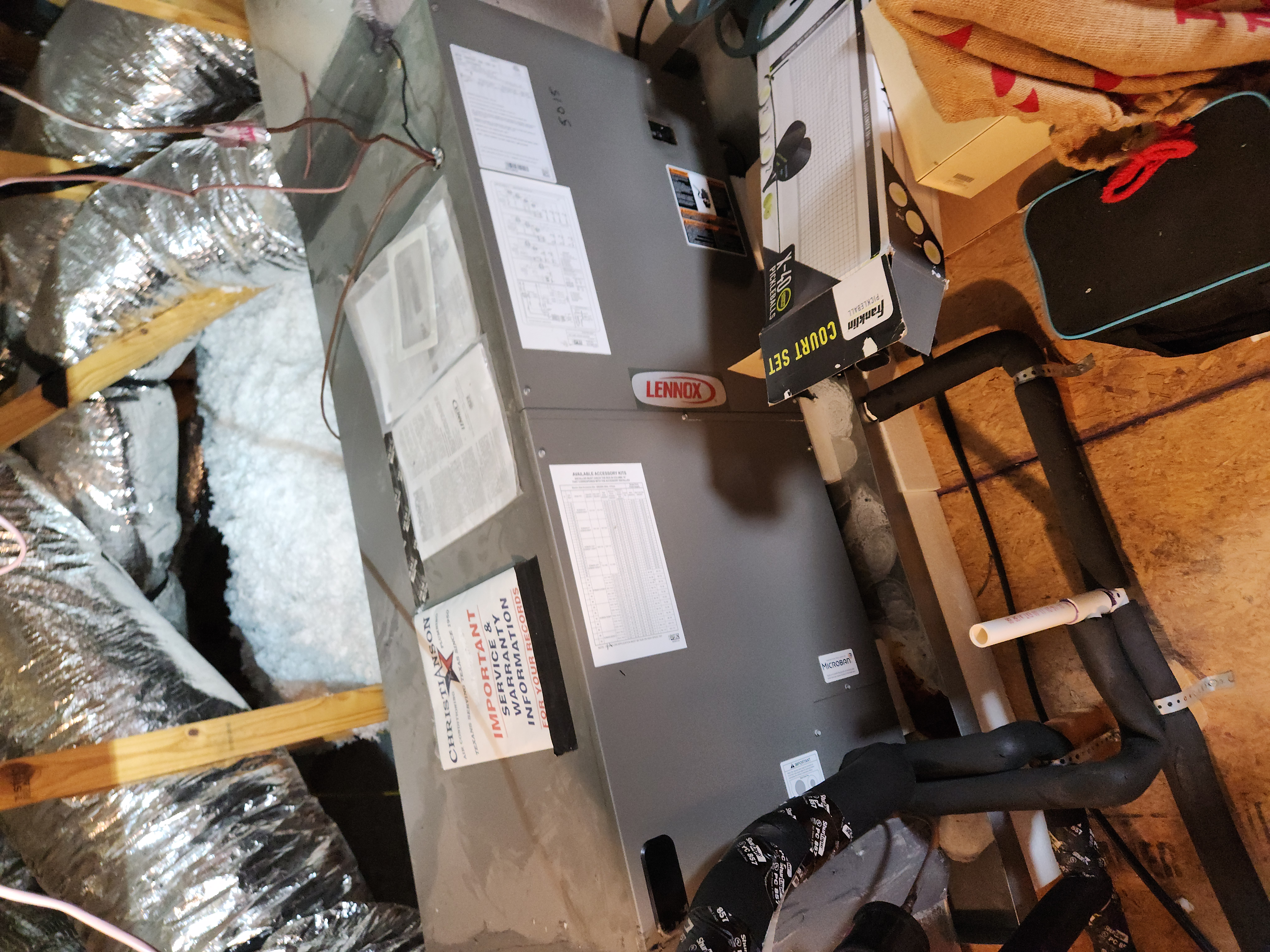By: Inspection Time | Aaron Davis CMI Trec#25498 | Professional Home Inspector
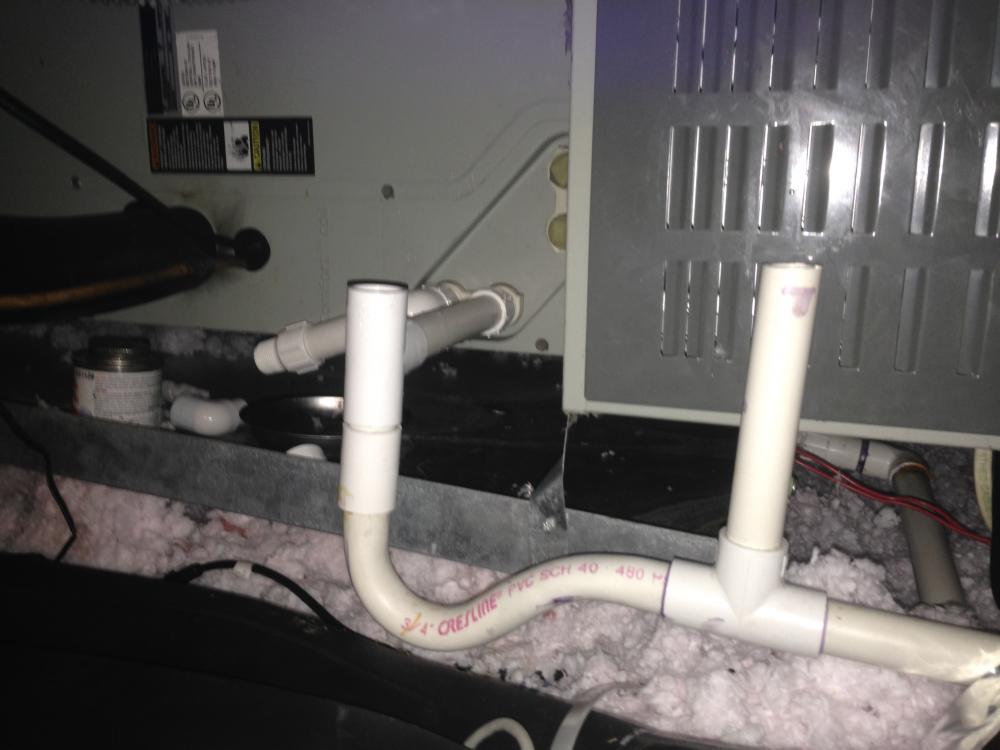
The primary condensation line in your HVAC system is responsible for draining the moisture that your air conditioning unit extracts from the air. One critical component that must be included in this line is the P-trap. In this blog post, we’ll explore why a P-trap is essential, the potential risks of not having one installed, and how to maintain it properly.
Why a P-Trap is Needed in Your Primary Condensation Line
1. Prevents Sewer Gases:
- Barrier Against Gases: A P-trap creates a water seal that prevents sewer gases from traveling up the condensation line and into your home. These gases can be hazardous to health and unpleasant to smell.
2. Ensures Proper Drainage:
- Maintains Airflow: The P-trap helps to maintain the correct airflow within the HVAC system, ensuring that condensate drains efficiently. Without it, the line can become air-locked, causing water to back up.
3. Prevents Insects and Pests:
- Physical Barrier: The water in the P-trap acts as a physical barrier, preventing insects and other pests from entering the home through the condensation line.
Risks of Not Having a P-Trap Installed
- Sewer Gas Infiltration:
- Health Risks: Without a P-trap, sewer gases can enter your home, posing significant health risks, including respiratory issues and other illnesses.
- Unpleasant Odors: Sewer gases can produce unpleasant odors that can permeate your living space, making it uncomfortable and unpleasant.
- Improper Drainage:
- Water Backups: Without the proper air seal provided by a P-trap, the condensation line can become air-locked, leading to water backups and potential overflow.
- Water Damage: Water backups can cause leaks and overflows, leading to water damage to your home’s walls, ceilings, and floors.
- Insect and Pest Infestation:
- Pest Entry Point: Without a P-trap, your condensation line can become an entry point for insects and other pests, which can cause further damage and hygiene issues inside your home.
- Reduced HVAC Efficiency:
- System Inefficiency: Improper drainage due to the lack of a P-trap can lead to reduced efficiency of your HVAC system, making it work harder to cool your home and increasing energy costs.
- Potential System Damage: Continuous water backups and improper drainage can lead to damage to your HVAC system, resulting in costly repairs or replacements.
How to Ensure Proper Installation and Maintenance of a P-Trap
- Professional Installation:
- Hire a Professional: Ensure that a licensed HVAC technician installs the P-trap correctly to meet all building codes and manufacturer guidelines.
- Correct Placement: The P-trap should be placed in a location that allows for easy access and maintenance, ensuring it functions properly.
- Regular Maintenance:
- Check for Blockages: Periodically check the P-trap for blockages and clear any debris to maintain proper drainage.
- Ensure Water Seal: Make sure there is always water in the P-trap to maintain the seal and prevent sewer gases from entering the home.
- Inspect for Leaks: Regularly inspect the P-trap for any signs of leaks or damage and repair them promptly to avoid water damage.
- Periodic Cleaning:
- Flushing the Line: Regularly flush the condensation line and P-trap with a mixture of water and bleach or a specialized cleaning solution to prevent algae and mold buildup.
- Routine Inspections: Schedule routine inspections by a professional HVAC technician to ensure the P-trap and entire system are functioning correctly.
Conclusion
Installing a P-trap in your primary condensation line is crucial for the efficient and safe operation of your HVAC system. It prevents sewer gases from entering your home, ensures proper drainage, and stops insects and pests from gaining access. By understanding the importance of a P-trap and taking steps to install and maintain it properly, you can protect your home from potential health hazards, water damage, and inefficiencies in your HVAC system.
Hashtags and Keywords
Hashtags: #HVACMaintenance #CondensationLine #HomeSafety #HomeMaintenance #PTrapInstallation #AirConditioning #PreventiveMaintenance #EnergyEfficiency #IndoorAirQuality #HomeImprovement
Keywords: primary condensation line P-trap, HVAC maintenance, condensation line drainage, sewer gas prevention, home safety, air conditioning maintenance, P-trap installation, HVAC efficiency, indoor air quality, preventive maintenance
By ensuring the proper installation and maintenance of a P-trap in your primary condensation line, you can enhance the safety, efficiency, and comfort of your home.
